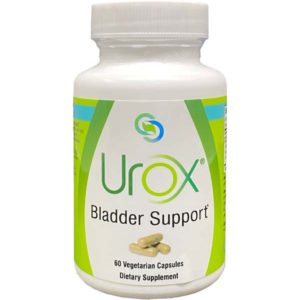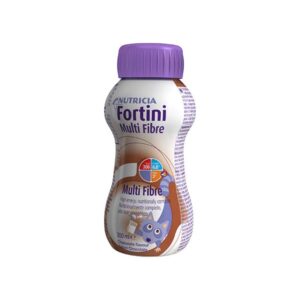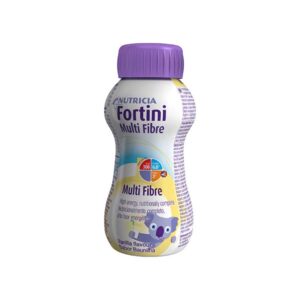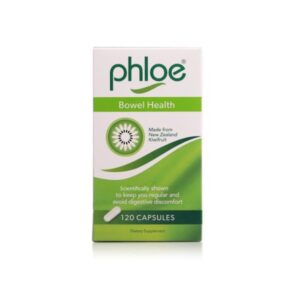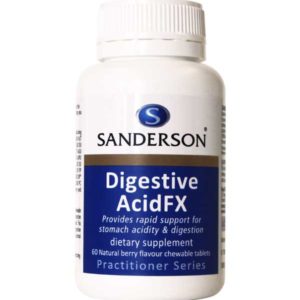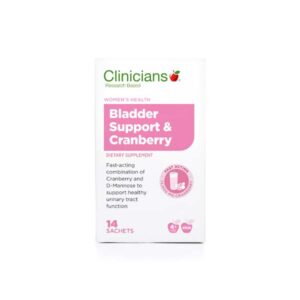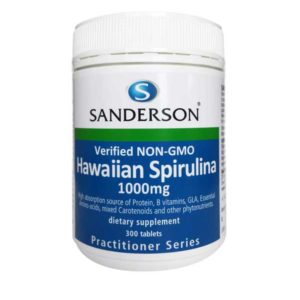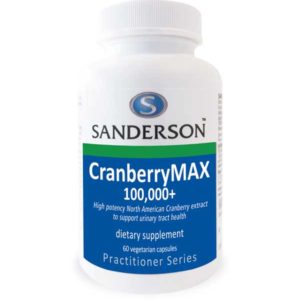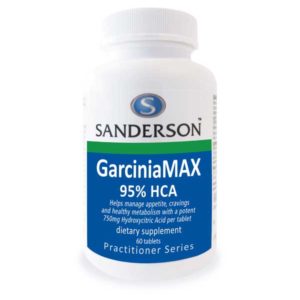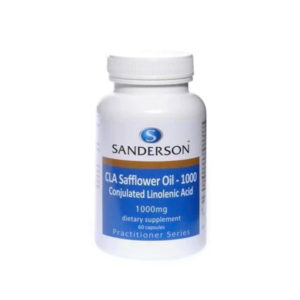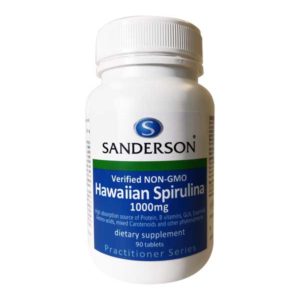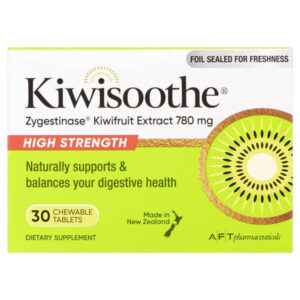- 0508 966 622
- help@zoompharmacy.co.nz
- Mon - Fri: 8:30 - 16:00
As both men and women get older many begin to experience issues relating to urination and the bladder. It is estimated that 600,000 New Zealanders have bladder control problems and leakage of urine often caused by an overactive bladder.* While seeking help for bladder issues can be embarrassing, it’s important to know most people can be helped. In this article we will look at what an overactive bladder is, how to manage it, and how to treat it.
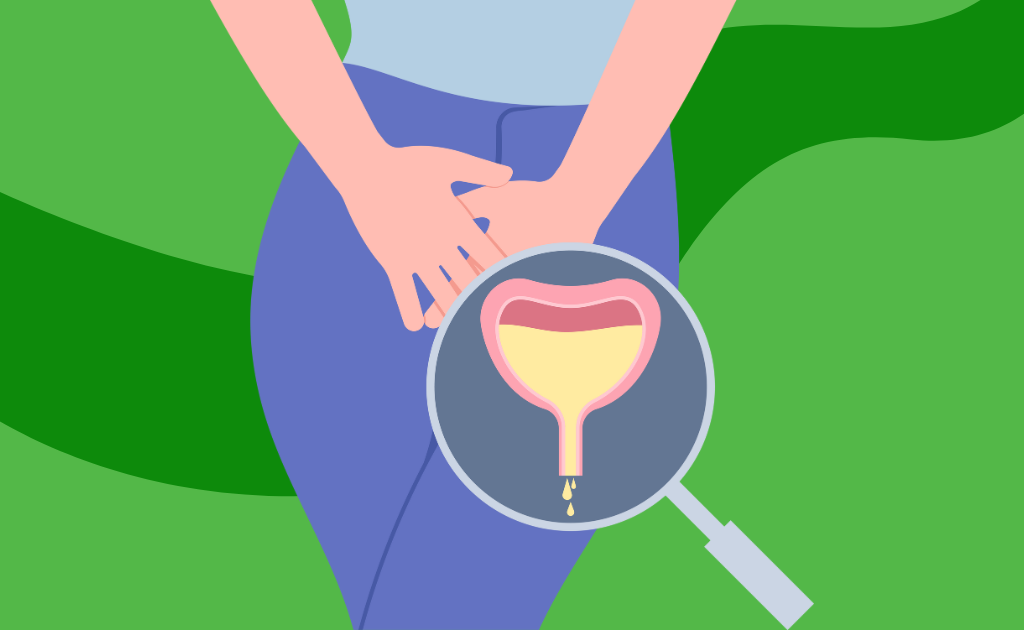
Overactive bladder is a condition most commonly characterised by a sudden urge to urinate (pee), often occurring frequently, that may be difficult to control. This occurs when your bladder contracts involuntarily when it’s not full, and there is no clear cause (e.g. due to an infection or prostate condition).
Your bladder is made up of muscles and stores the urine produced by your kidneys. The kidneys constantly make urine, and the bladder expands as it fills. This urine is held in the bladder by the pelvic floor muscles.
The fuller your bladder becomes, the more aware of it you are and the stronger the need to urinate. When you do urinate, the bladder muscles contract (squeeze) and pelvic floor muscles relax.
Overactive bladder is a chronic and frequent condition. Experiencing the occasional sudden urge to urinate, or incontinence doesn’t necessarily mean that you have an overactive bladder. The symptoms of overactive bladder are as follows:
The cause of an overactive bladder is not fully understood, and the risk of it developing increases with age. Most people can hold on for a reasonable amount of time after feeling the initial urge to urinate, even in older age. Overactive bladder symptoms are not normal and shouldn’t be ignored.
The symptoms of overactive bladder can be caused by a range of factors and conditions:
There are several treatments that can help to manage and overcome the symptoms of overactive bladder. These include behavioral therapies, exercises, medicines, and surgery.
Bladder training: the process of slowly increasing the volume of urine your bladder works well for many people with overactive bladder. This is done initially through holding on until the feeling of urgency has passed and then going to the toilet. Then gradually lengthening the time between the urge to urinate and going to the toilet. This will slowly stretch the bladder, increase your control, and decrease your frequency of urination. For best results, it’s recommended that this training is done with the guidance of a healthcare professional.
Pelvic floor training: target exercises and strengthening of the pelvic floor muscles can help you to manage a variety of problems associated with urination. This can decrease your risk of urine leaking and help with urgency and frequency.
Pelvic floor training for women – learn more
Pelvic floor training for men – learn more
Medication: overactive bladder can be treated with anticholinergics. These medicines help to reduce the frequency and severity of bladder muscle contractions. This can be helpful when beginning bladder and pelvic floor training. Oestrogen hormone deficiency has been associated with urinary urgency and frequency in some women. Vaginal oestrogen cream has been shown to reduce symptoms.
Your healthcare provider may recommend the combination approach of behavioral therapies, exercises, and medicines to manage urge incontinence. If this does not improve your urgent bladder symptoms, you may be referred to a urologist who can offer other treatment options.
Surgery: if non-surgical treatments are unsuccessful, your healthcare provider may suggest surgery to treat overactive bladder syndrome.
In addition to behavioural therapies and exercises there are some steps you can take to manage the symptoms of overactive bladder syndrome.
Vitamins and supplements: there are products available that can be used as an alternative or natural treatment for overactive bladder. Specific bladder support supplements can be purchased from the pharmacy.
Urinate only when necessary: over time people may build a habit of going to the toilet more frequently than they need to. This can prevent your bladder from filling and exacerbate your symptoms. Consider if you are in the habit of urinating too often and try to only go to the toilet when you need to.
Consider your caffeine intake: consuming caffeine daily is something many people do. Caffeine is a diuretic and increases the production of urine. Reducing or removing drinks like coffee, tea, energy drinks, and fizzy drinks from your diet may help to reduce your symptoms.
Drink recommended amount of fluids: if you drink too much or not enough fluids you can make your symptoms of overactive bladder worse. You should always aim to drink the recommended amount of fluid, for adults this is 1.5-2 litres of fluid each day.
*Source: Healthify NZ, Overactive Bladder
